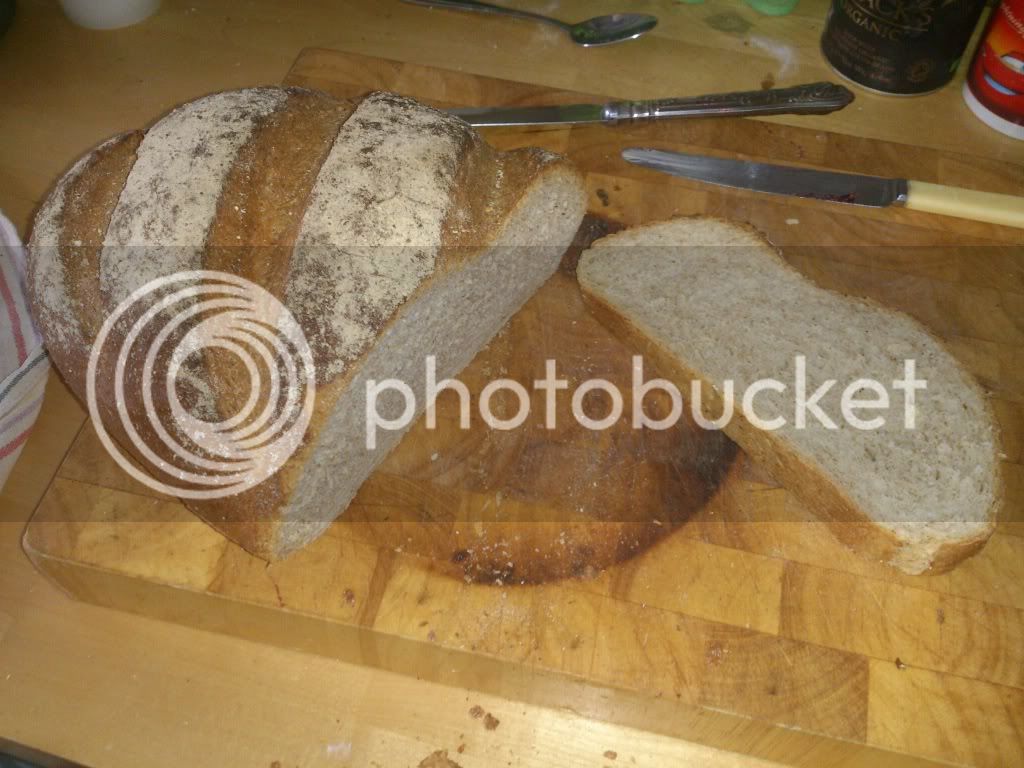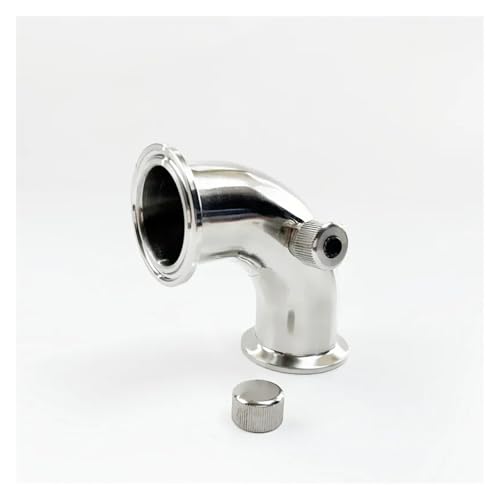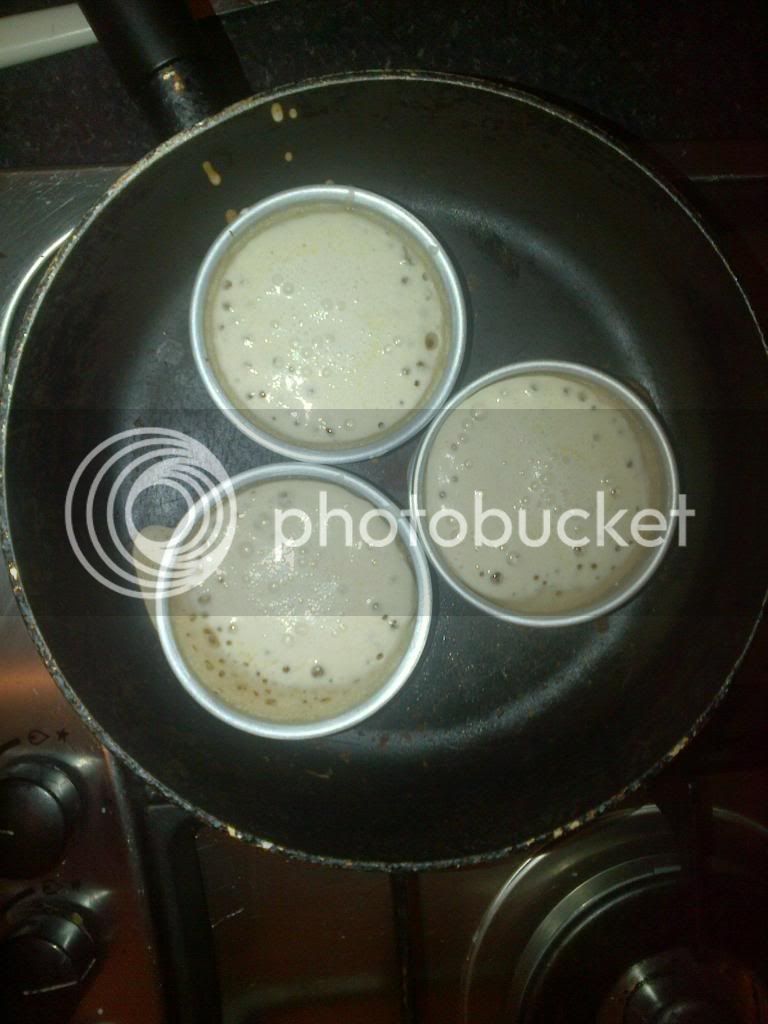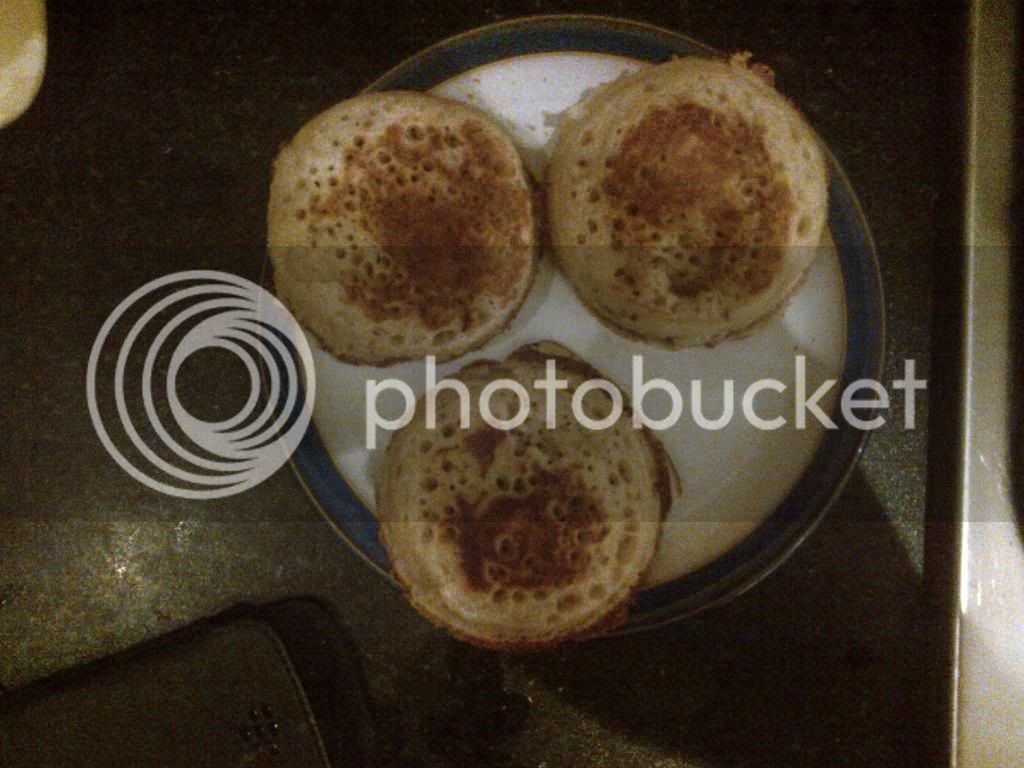I do it regularly and successfully (and worked in a bakery for a few years as a student!). I wish my homebrew was as consistent as my bread, but then I haven't worked in a brewery!
Basic tasty white or brown bread (Make three 1lb or just over loaves)
1.5Kg Strong white or brown flour plus some for dusting
2 heaped tablespoons milk powder
3 sachets dried yeast (1 per loaf)
2tsp salt (I add this even if the butter is salted)
3tsp sugar
1oz butter
3-4 mugs of warm water
Mix all the dry ingredients really well in a big mixing bowl.
Melt the butter gently, only just enough for it to be runny.
Make a well in the mix, pour in 3 warm mugs of water and the butter and mix gradually from the inside outwards, adding more water (probably no more than 4 mugs in total - depending on your mug!) only as required. Remove spoon and bind together with your hands to make a dough. Try to get any last drops of water in before it forms a whole ball:the exact amount needs practice. As you kneed, the dough should end up properly STICKY to the touch - I used to make it too dry and it doesn't rise as well. Not falling-apart-soggy, but definitely sticky.
Kneed until it's a smooth dough, divide into 3 x 600-650g lumps and place in 3 greased 1lb loaf tins. Flatten out slightly so that it covers most of the base, but it doesn't need to be exact. Each tin should be no more than half full. If there's any spare, make a few rolls!
Prove in a slightly warm place (I briefly turn a second oven on and off) and leave until risen to double-size, looking the shape and size of the final loaf. DO NOT bash the oven door or knock the tins. This should take about 45-60 mins. Much less than that suggests it's gone too quick and may collapse. Pre-heat a fan oven to 210C as they get close to fully risen.
Move VERY gently and without touching the dough into the heated oven and close the door softly. Bake for around 25 mins until ...oh yes... they sound hollow when tapped underneath. Turn out and cool on a rack.
Open a bottle of homebrew and celebrate! Hope I didn't forget anything.
There is a good argument for resting and 'knocking-back' (re-kneeding) the dough before final proving, getting more flavour out of the yeast's work, but I have to say I don't often bother. This method already produces far better bread than you're likely to buy and the modern dry yeast seems to produce an excellent consistent result anyway: I don't bother with fresh baker's yeast any more.
Good luck!



















